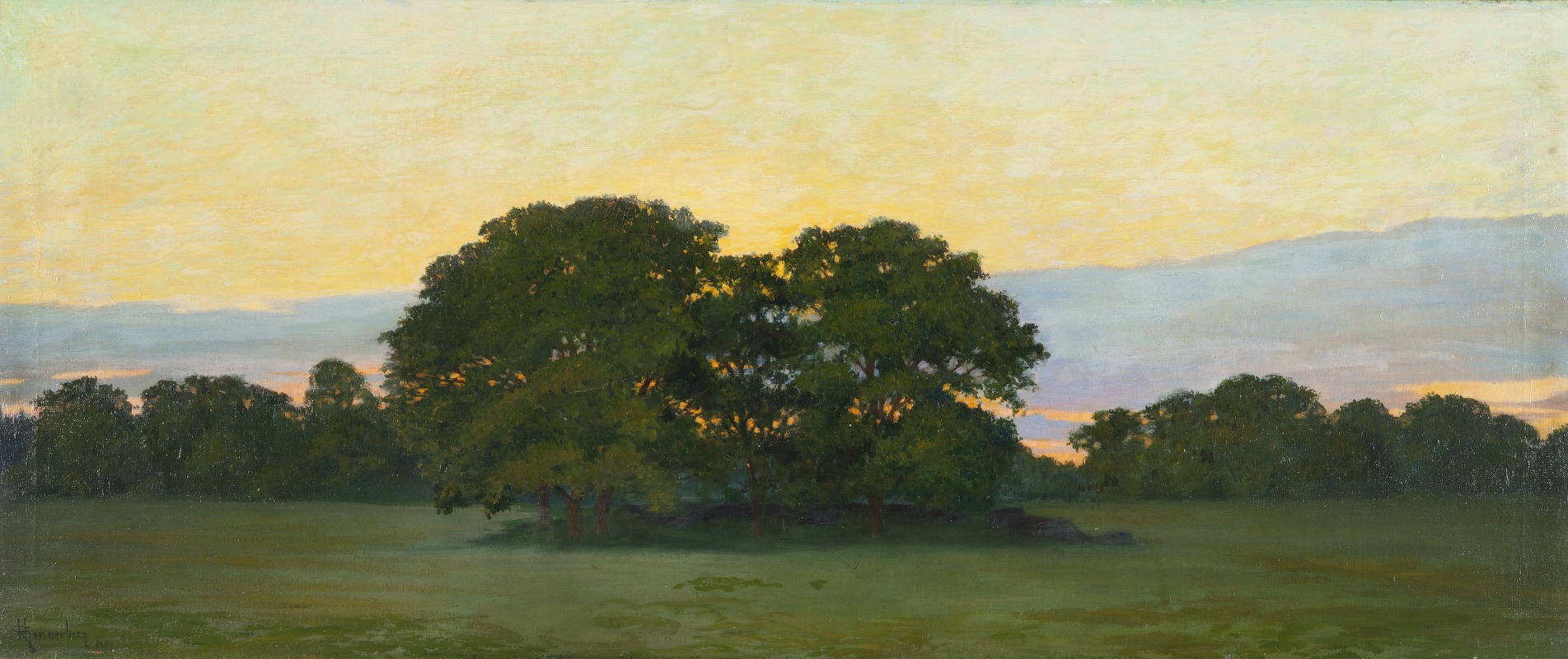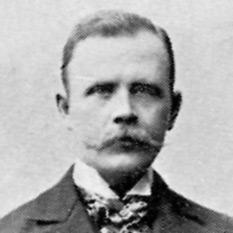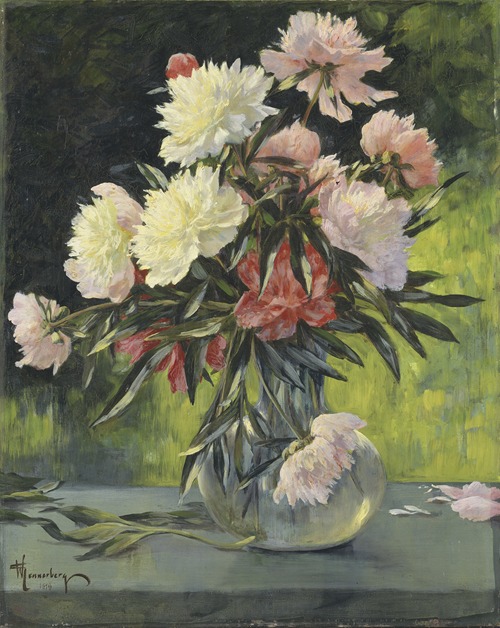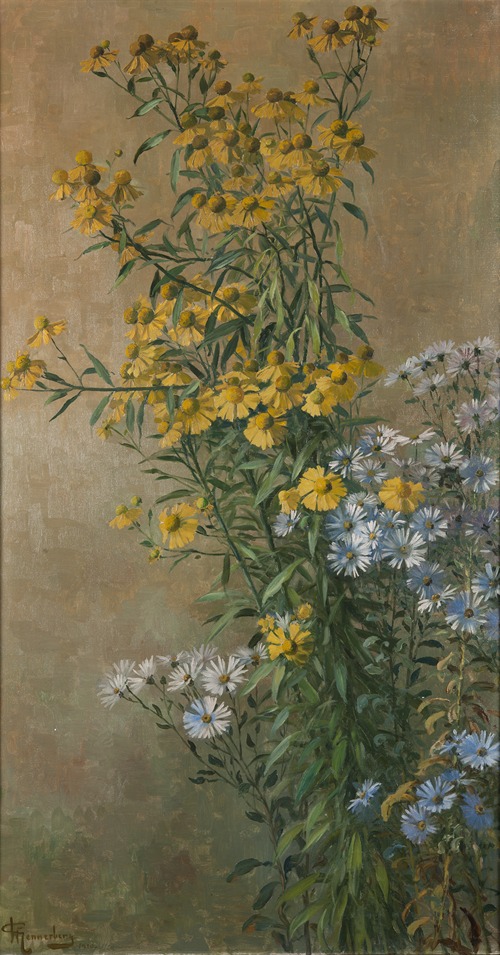

Gunnar Gunnarsson Wennerberg, was a Swedish craftsman, painter, draughtsman and graphic artist.
He was the son of ecclesiastical minister Gunnar Wennerberg and Countess Hedvig Sofia Cronstedt, nephew of Brynolf Wennerberg the elder and uncle of Amelie Posse. After graduation and a few years of legal studies in Uppsala, he studied art with Léon Bonnat and Henri Gervex in Paris from 1886 and participated in an exhibition where he received an honorable mention for flower paintings in 1889. His art initially consisted of floral motifs executed in pastel or oil. He was hired by Gustavsberg's porcelain factory in 1895 as a designer and head of its artware studio. His objects were prominent in the factory's collections at various art and industrial exhibitions.
Along with Alf Wallander, who was simultaneously employed by Rörstrand's porcelain factory, Wennerberg was instrumental in introducing Art Nouveau to the Swedish porcelain industry. From 1902 he was also employed as a teacher of pattern drawing at the Technical School. In addition, he designed transfer glass for Kosta Glassworks 1898-1904 and tapestries for Licium. In 1908 he left Sweden and settled in Paris, where he remained active until his death. In Paris, he made a few drawings for Sèvres, painted pictures, and was responsible for the decorative interior of the chateau Les Bouleaux at Chantilly on behalf of his patron - and in all likelihood also his lover - the wealthy writer and art critic Henri Amic.
He exhibited separately at Nationalmuseum in 1908 and at Galeries Devambez in Paris in 1911. Together with Per Ekström, Wennerberg held an exhibition in Stockholm in 1891 consisting of flower paintings in oil and pastel, and he participated in collective exhibitions organized by the Swedish Artists' Association in Stockholm since the early 1890s, as well as the World Exhibition in Paris in 1900. In addition to paintings, ceramics and glass, Wennerberg also worked with pattern design for textile objects and models for woven wallpaper and patterns for embroidery. For Handarbetets vänner and Licium, he created a number of designs for haute-lisse fabrics and designs for book bindings.
More Artworks by Gunnar Gunnarsson Wennerberg


